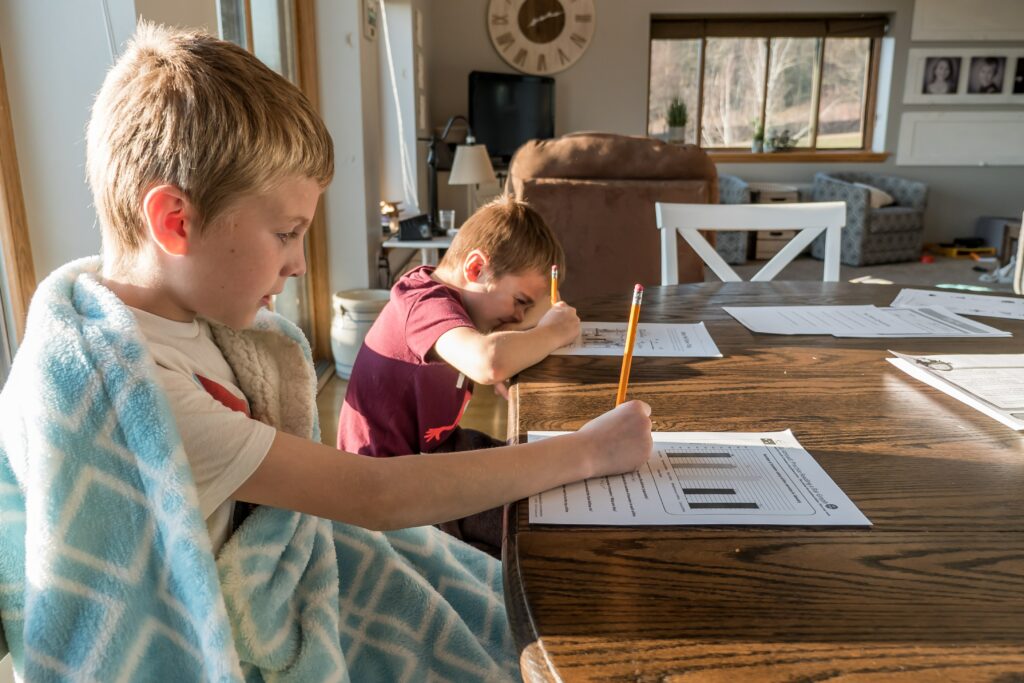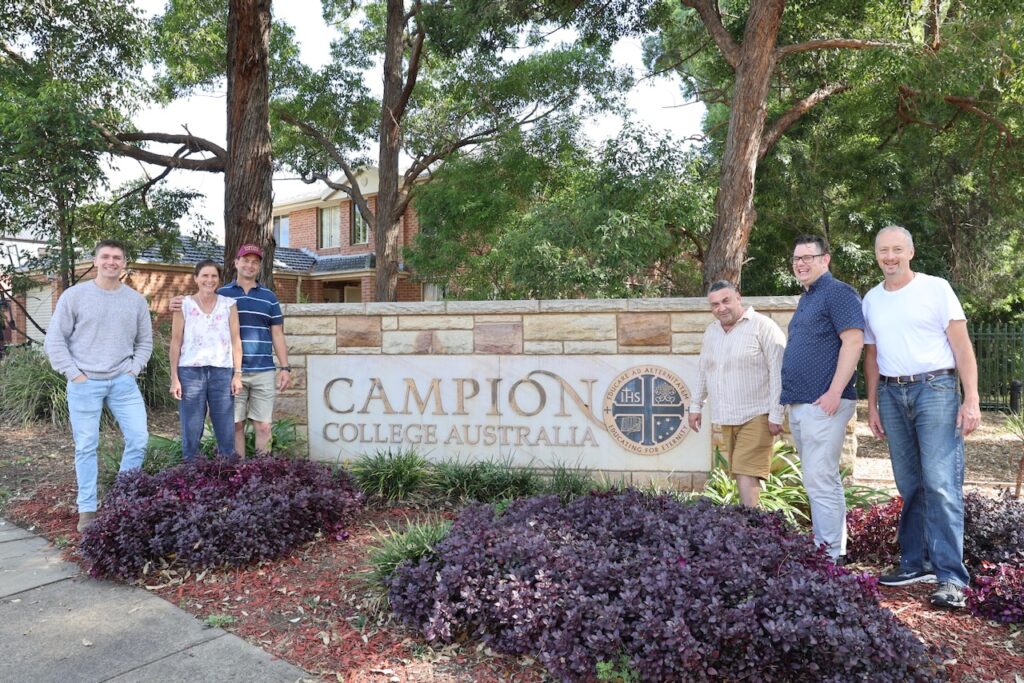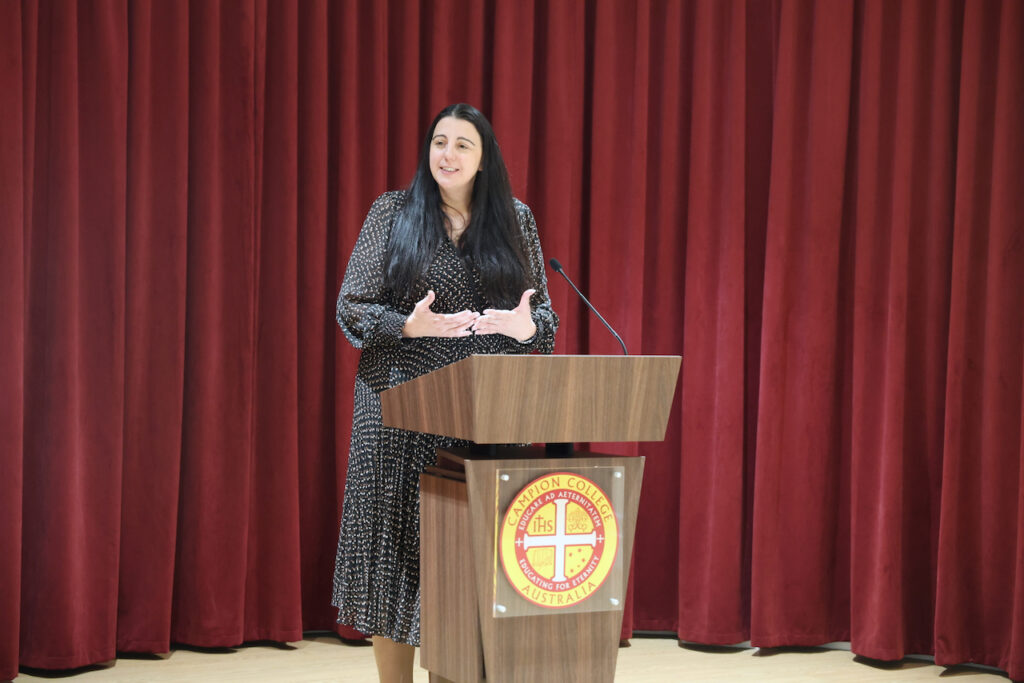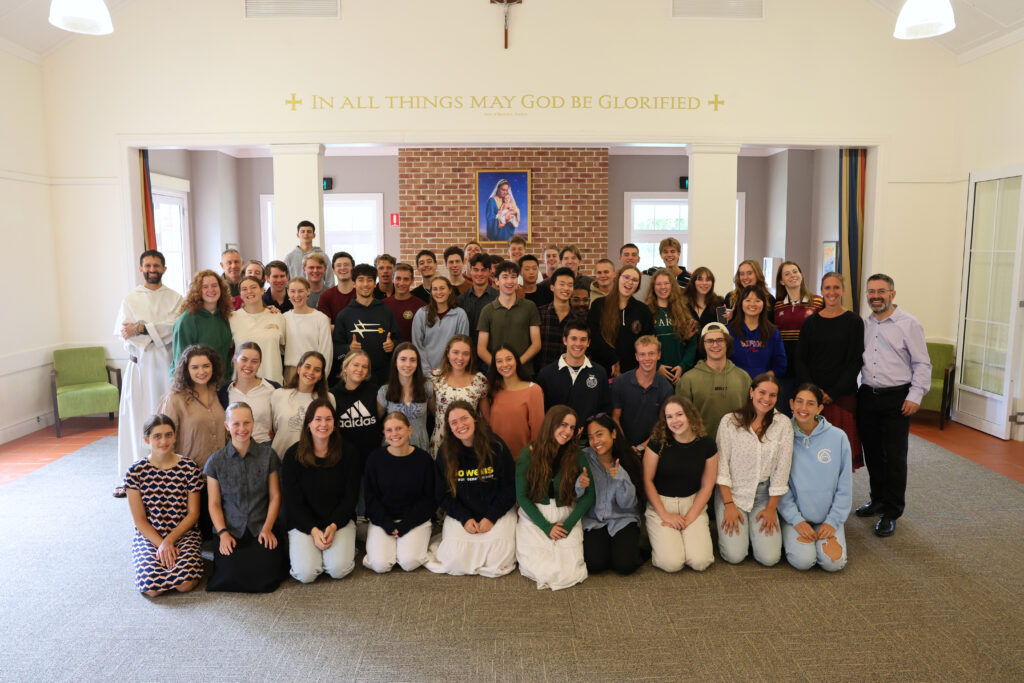Why homeschool? Graduate writes reflection

Monica Aarts
Homeschooling is not for the faint hearted. Before having children, my husband and I were determined to homeschool our future children so that they would not miss out on the rich education our own schooling experience had deprived us of. We wanted our children to love our Catholic faith, to read the Good Books, to study Latin, to enjoy Maths, to embrace Music, to wonder in Science, and to have a deep grasp of their own written and spoken word. In short, we hoped to give them the most holistic form of education in the Liberal Arts, all the while growing in holiness.
I have four daughters aged 6, 4, 2, and a newborn. My main homeschooling philosophy is a mixture of Classical education and Charlotte Mason’s approach. For this reason, I use a range of resources from different curriculums to suit our family. This includes a blend of Memoria Press, The Good and the Beautiful, and Ambleside Online, alongside with the suggestions of Laura Berquist and Elizabeth Foss. A normal homeschooling day looks like our family sitting in our home library where we say a morning prayer together. Then, the girls do 20 minutes of Catechism and a short Latin lesson with their father, followed by two hours of read aloud books and narration journaling with me. Afterwards, we go to the dining table to teach my 6 year old to spell, do maths and work on her handwriting, teach my 4 year old to read, entertain my 2 year old with lots of fine motor skill table work and song, and all the while care for my newborn.
What my little experience has taught me after officially homeschooling preschool to year 1, is that homeschooling is so much more than a curriculum. Indeed, I can confidently say that our homeschooling experience began from the moment I brought my first-born home and sang her hymns and nursery rhymes.
Homeschooling is a journey of fostering little minds that naturally wonder, and to continue to form their little minds to desire and seek that which is true, good, and beautiful.
That is because the early voyage of homeschooling begins by leading our children’s minds to the enchanting world of story, the love of God in catechism, the monotonous plane of handwriting, the ever so rewarding place of reading, the strange conceptual world of maths, and most especially the wondrous world in reality: everything they themselves see, hear and touch in reality – in God’s creation. It is such a beautiful task, but there is a catch: the path is narrow, and the mother must bear all things for their little ones. Indeed, I’ve seen that it is not so much my children, but I myself who have been called most to holiness through homeschooling; because, with each step I have to be Sam Gamgee pulling Frodo up… and to be honest, sometimes it’s tempting to be a bit of a Gollum.
I’ve also learned – and continue to learn – what Sarah Mackenzie advocates, that we must ‘Learn from Rest’. I cannot force my children to eat what is bitter, but I can tempt them with milk and honey, and I can do it restfully. Young mothers going into homeschooling these days, unlike those of our parents’ generation, are inundated with options on how to homeschool. There are hundreds of different curriculums, philosophies and opinions, and it is easy to get caught up with how to homeschool. There is immense pressure to not make a wrong step in our choice and our approach, lest we fail our children. When I first looked at homeschooling, I began to write up my own curriculum and it was inundated with resources and curriculums that were considered ‘the best’; but what I quickly realised was that I found them difficult to teach and my daughter found them dry and boring. We were both uninspired. We stopped wondering. We felt like we were pushing a heavy load up a hill. In short, they did not suit our family, and they did not bring us closer to desiring the Good, True and Beautiful. A radical move was needed…
I do not have the means to cram the entirety of the world’s knowledge into my children’s minds. But, I can learn and seek out my unique child’s gifts and strengths and to teach them accordingly. In turn, I can also figure out my own strengths, and find resources and methods that are milk and honey for my particular child. For example, I am personally a literature fanatic. I love to read and I love to understand what stories mean. For this reason, we read a lot, because the children absorb that love I exude when I read them these stories, and the creative ideas I naturally come up with to get them to understand it more deeply is attractive to them.
Consequently, homeschooling is not for the faint hearted. It is not just about carefully moulding the best resources and curriculum, but it involves creating a warm refuge where our children’s gifts can be cultivated by the people who know them best and who desire their holiness, while also striving to grow in holiness themselves. Indeed, that’s why I personally feel called, because although the road is narrow, the goal is a treasure. My goal is to be a mother that learns about who my child is and to teach them accordingly, and to help them ‘love that which is lovely’ in an environment that is surrounded by all things Good, True and Beautiful, which means I myself must strive towards this ideal too.
This article first appeared on Family Life International on 2 March 2022.




